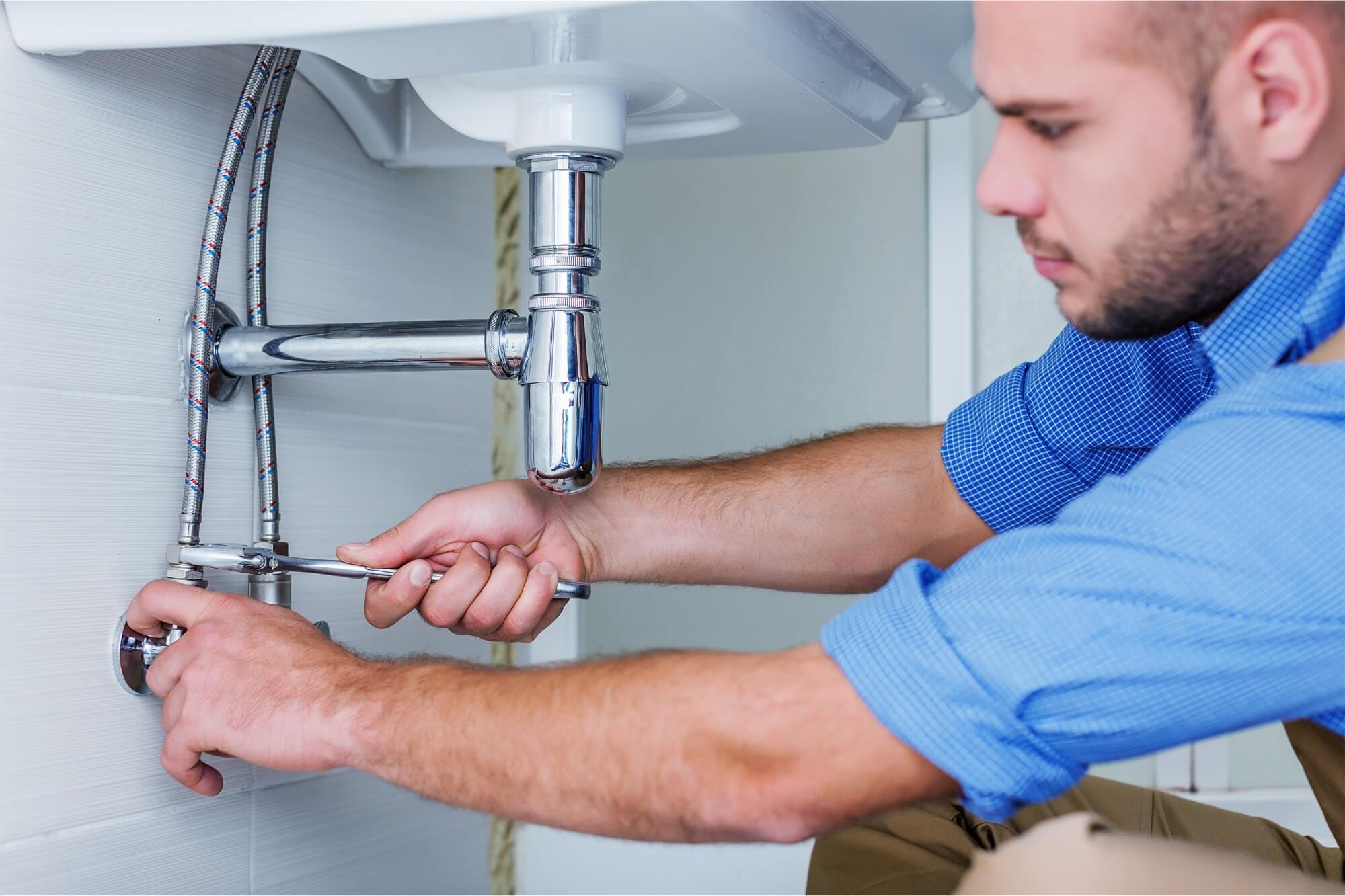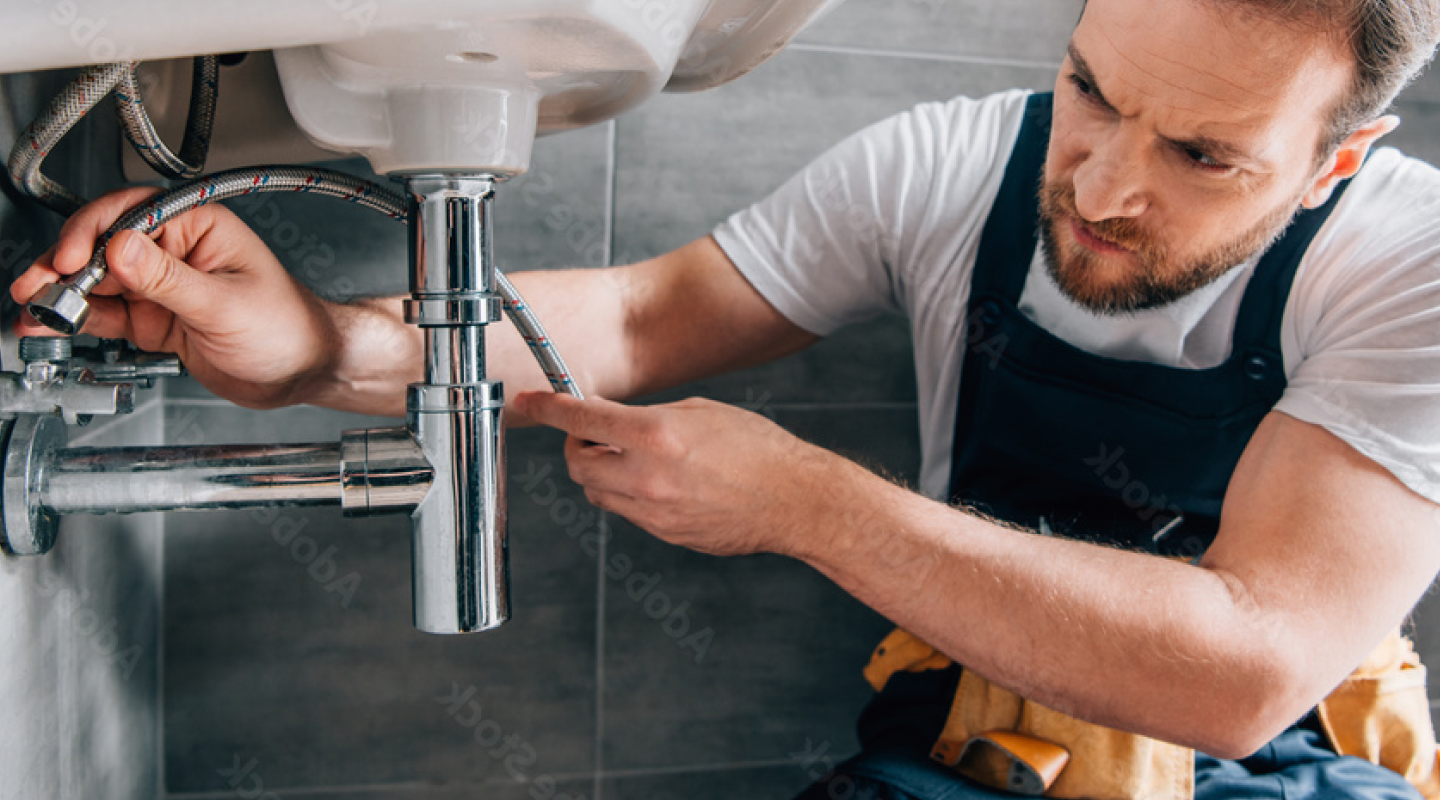Trusted Plumbing Services Alabaster AL for All Your Maintenances
Trusted Plumbing Services Alabaster AL for All Your Maintenances
Blog Article
A Step-by-Step Guide to Reliable Hot Water Heater Installment for Optimal Performance
Starting the task of mounting a water heating system is an endeavor that demands accuracy and an organized technique for achieving optimal efficiency. The process starts with the critical choice of selecting the appropriate heater customized to the particular needs of your home, thinking about aspects such as energy, kind, and size resource. When chosen, preparing the installation location to meet safety standards is paramount. However, the journey does not finish here. As you proceed, the ins and outs of attaching supply of water lines and establishing up reputable electrical or gas links wait for, promising understandings into guaranteeing effectiveness and dependability.
Choosing the Right Hot Water Heater

Following, take into consideration the dimension and capability of the hot water heater. It's important to examine your home's warm water demands, which can differ based on the number of passengers and their use patterns. A system that's too tiny may result in insufficient warm water, while a large version might cause unnecessary energy usage.
Performance rankings also play a crucial role in option. Look for water heating systems with high Power Variable (EF) scores, showing superior performance and lowered energy use. Tankless models, though commonly a lot more costly in advance, offer considerable power savings with time due to their on-demand heating abilities.
Preparing the Installment Area
Before installing a new water heater, precise preparation of the installation area is important. It's important to gauge the area very carefully to fit the water heating system's dimensions, making certain ample clearance around the device for reliable procedure and maintenance.
Next, remove any kind of particles, dirt, or obstructions from the site to create a tidy environment. Examine the floor for stability, as the hot water heater will certainly require a strong, degree surface to operate properly. If needed, mount a drip frying pan below the unit to catch possible leakages or spills, avoiding water damages to the surrounding location. In areas susceptible to seismic task, think about installing seismic bands to secure the heating unit securely in position.
Furthermore, guarantee that all essential tools and materials get on hand before commencing the setup. This includes products such as wrenches, screwdrivers, a level, and any extra hardware needed for securing the heating system and placing. A well-prepared installment location sets the structure for a successful water heating unit arrangement, enhancing performance and safety.
Connecting Supply Of Water Lines
When linking supply of water lines to your freshly mounted hot water heater, it is crucial to ensure that all links are protected and leak-free to maintain effective operation and protect against water damages. Begin by recognizing the cool and warm water lines. The cool water inlet is commonly noted with a blue label or a "C", while the warm water outlet is marked with a red label or an "H".
Usage versatile water heating system adapters to assist in an useful link easier installation procedure. Before attaching the ports, position a plumbing technician's tape around the threaded ends of the water heater's inlet and outlet pipelines.
Once links remain in area, gradually turn on the main supply of water valve. Inspect each connection for leakages by visually really feeling and inspecting for wetness. Tighten up links as essential, and make certain the pressure alleviation shutoff is appropriately set up, protecting versus excessive stress build-up.
Establishing Electrical or Gas Links
Effectively setting up the electric or gas links for your water heater is a crucial step to make sure risk-free and efficient operation. For electrical water heating units, begin by verifying that the electric circuit is compatible with the heating system's voltage and amperage demands.
For gas water heating systems, security is vital. Link the gas line to the water heating unit utilizing a flexible gas adapter, guaranteeing it is properly threaded and secured with pipe joint compound or Teflon tape appropriate for gas connections.
Once links are made, examine for any possible leakages. For gas lines, use a soapy water option to the joints; bubbles suggest a leakage. For electrical connections, verify that all circuitry is protected and correctly insulated, keeping conformity with regional electrical codes.
Adjusting and examining for Efficiency
With the electric and gas links securely in position, the get more following step is assessing the operational effectiveness of your water heating unit. Begin by very carefully switching on the water and guaranteeing there are no leakages at any one of the valves or joints. When confirmed, proceed to fill up the container, focusing on the stress and temperature level setups. It is recommended to set the thermostat to a suggested temperature level of around 120 ° F(49 ° C) to balance energy efficiency and convenience.
Next, do a thorough inspection to guarantee the burner or burner are operating appropriately. For electric heaters, use a multimeter to validate if the components are drawing the appropriate present. In gas designs, observe the burner hop over to these guys flame; it must be blue and stable, indicating effective burning.
Adjust the setups as necessary to remove inefficiencies. Consider implementing insulation steps, such as including a hot water heater blanket, to additionally boost performance by reducing heat loss. In addition, inspect the anode rod's condition, as a shabby rod can lower effectiveness and result in tank corrosion.
Verdict
Efficient hot water heater installment is essential for making sure ideal efficiency and power cost savings. By selecting the appropriate type and size, and diligently preparing the installation location, a foundation for success is developed. Safely linking water system lines and carefully establishing electric or gas links minimize prospective concerns. Thorough testing for leaks and precise thermostat modifications to 120 ° F improve reliability and efficiency. Following these steps advertises lasting functionality and energy conservation in property water heating unit.

Correctly setting up the electric or gas connections for your water heating unit is a vital action to make sure risk-free and reliable procedure. For electric water heaters, start by confirming that the electric circuit is suitable with the heating system's voltage and amperage requirements. Link the gas line to the water heating unit making use of a versatile gas adapter, ensuring it is correctly threaded and secured with pipeline joint compound or Teflon tape appropriate for gas connections.
Report this page